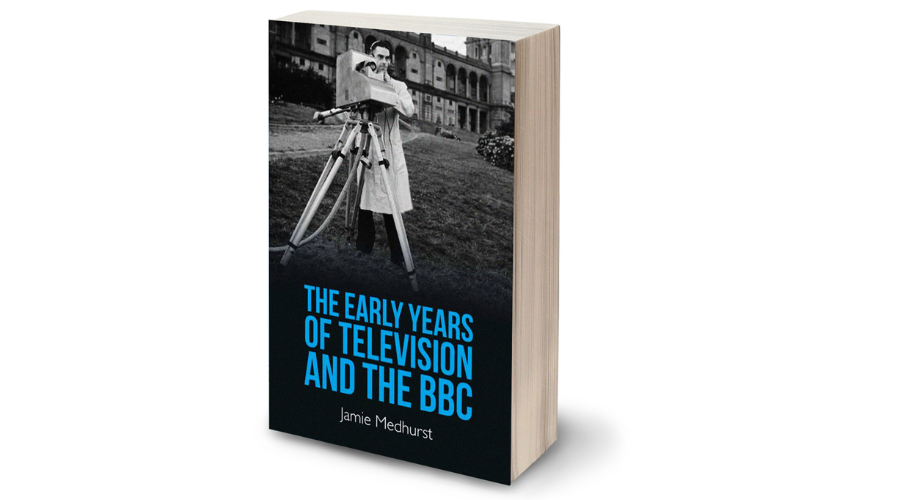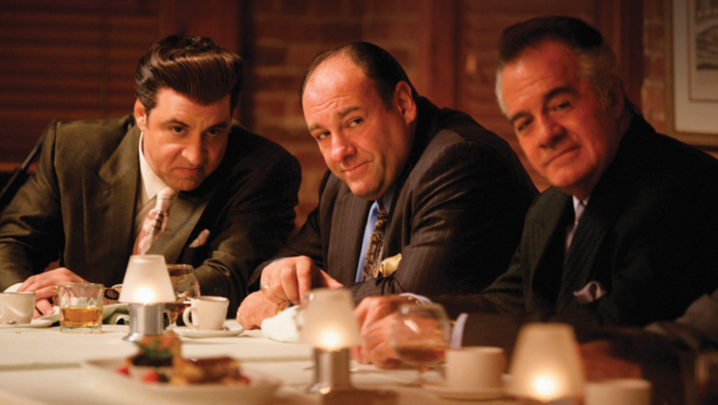Malcolm Baird praises a history of the broadcaster’s formative years
This important book has been more than 10 years in the making and, by a fortunate chance, it has been published in the BBC’s centenary year, just a few years ahead of the centenary of television itself.
As Professor Medhurst points out, the history of television is an enormous subject. Its early days can be summarised by man of letters Samuel Johnson’s quotation about a dog walking on its hind legs: “It is not done well, but you are surprised to find it done at all.”
Public interest was immense. It was fed by optimistic articles by Oliver Hutchinson, the general manager of John Logie Baird’s small and undercapitalised company, which was, at first, called Television Ltd.
Publicity also came through Sydney Moseley, an able but argumentative journalist who was critical of the BBC’s hesitancy.
Baird himself spent most of his time in the laboratory, as is evident from his steady output of patents for improvements and new forms of television.
Public broadcasting in Britain was only legally possible through the BBC, which had been founded in 1922 and received its Charter in 1927.
The BBC was at first very cautious towards television, and its Director-General, John Reith, confessed in later life that he had been “afraid of [television] from the start”.
But, eventually, the BBC was converted and in 1929 it agreed to broadcast experimental television (using 30 lines) on one of its radio wavelengths, outside regular broadcasting hours.
This gradual winning over of the BBC is the main theme of this book, which covers the period between 1926 and the outbreak of the Second World War in 1939. It is lucidly written and surprisingly short at 208 pages. However, the book includes 585 endnotes and 10 pages of bibliography.
Much of its material comes from the archives of the BBC and various parliamentary committees. However, the coverage of Baird Television is less detailed. For example, the company’s takeover by Gaumont British Pictures in 1932 is only mentioned in passing, although the influx of capital led to a major expansion.
Prior to the Gaumont takeover, Baird Television employed about 30 staff. But when, in 1933, it opened new laboratories at the Crystal Palace, it added 300 technical staff.
In 1934, a fully equipped high-definition television studio was set up, but sadly this was lost in the Crystal Palace fire of November 1936.
Despite the above criticism, I recommend Professor Medhurst’s book to the serious researcher on the history of broadcasting.
As he points out, his book is more focused on media politics than the technology of television itself.
In fact, new technology is still driving changes that are not always foreseen by the administrators. The book’s hidden message is that the gap between technical and administrative thinking in the television industry has been wider than it should be.
One quick postscript. Professor Medhurst goes into much detail about Lance Sieveking’s production of The Man with the Flower in his Mouth. This puts me in mind of Sieveking’s 1935 novel, The Perfect Witch – Love Story of Fabian Cloudesley, Announcer.
It gives us a picture of what it was like to work for the BBC in the 1930s and it also contains a vivid description of the Baird 30-line “flying spot” camera in the basement studio at Broadcasting House.
Perhaps it is not too late for the BBC to support the reissue of this novel, which is a good read as well as having historical value.
Malcolm Baird is a retired university professor and the son of John Logie Baird, the inventor of the first working television.







